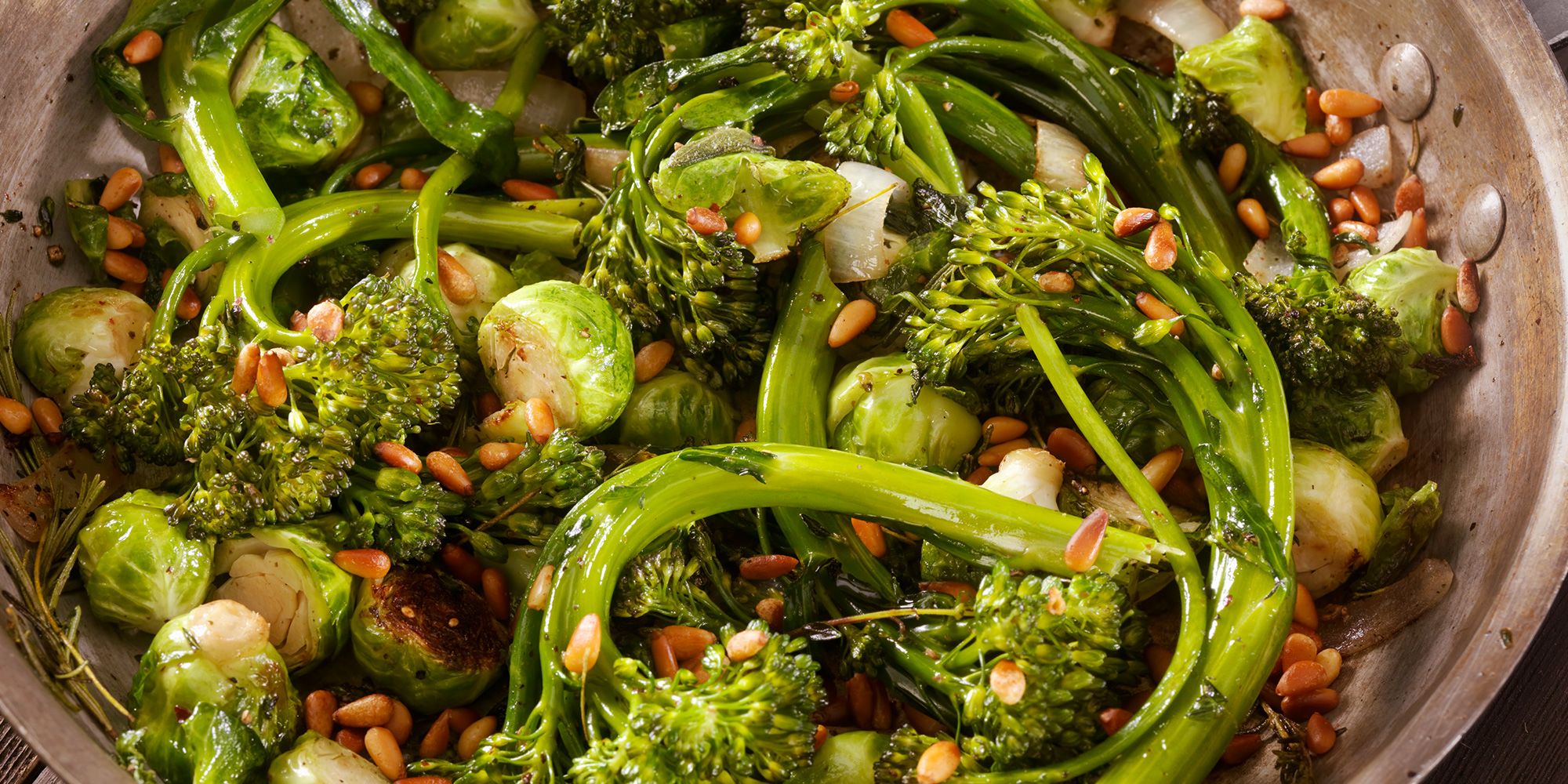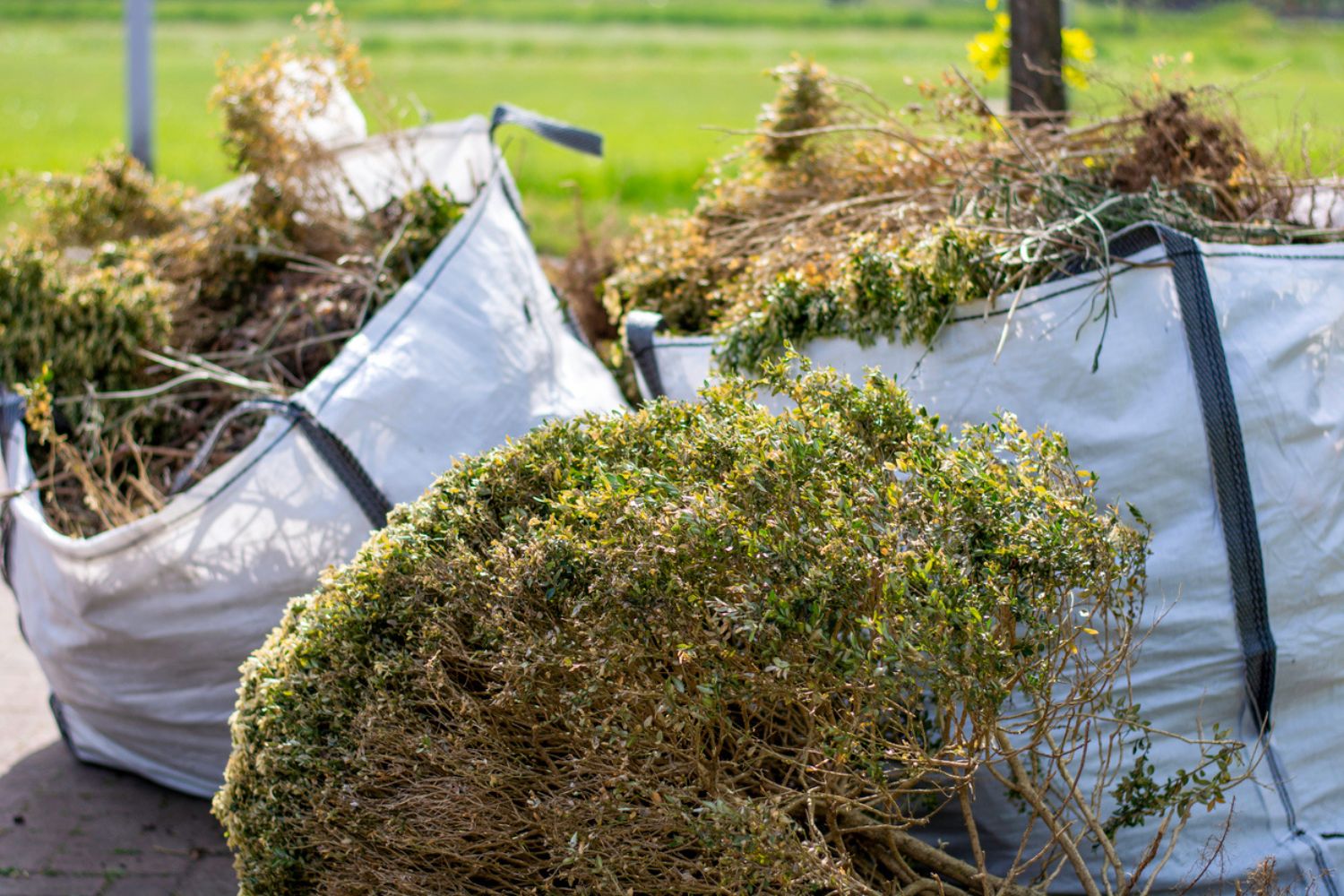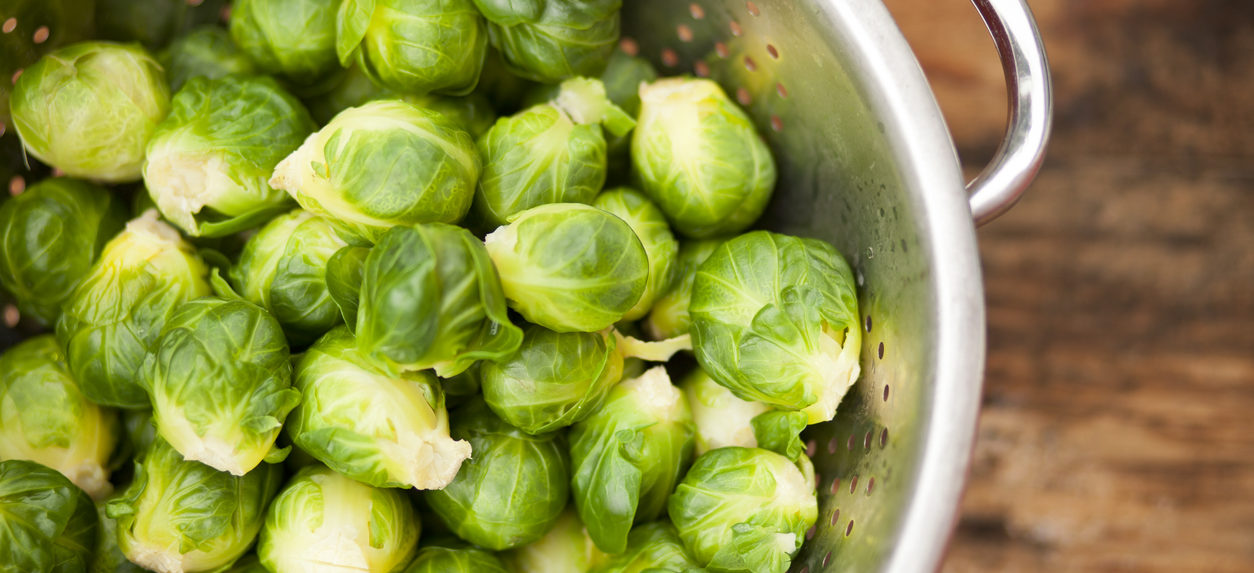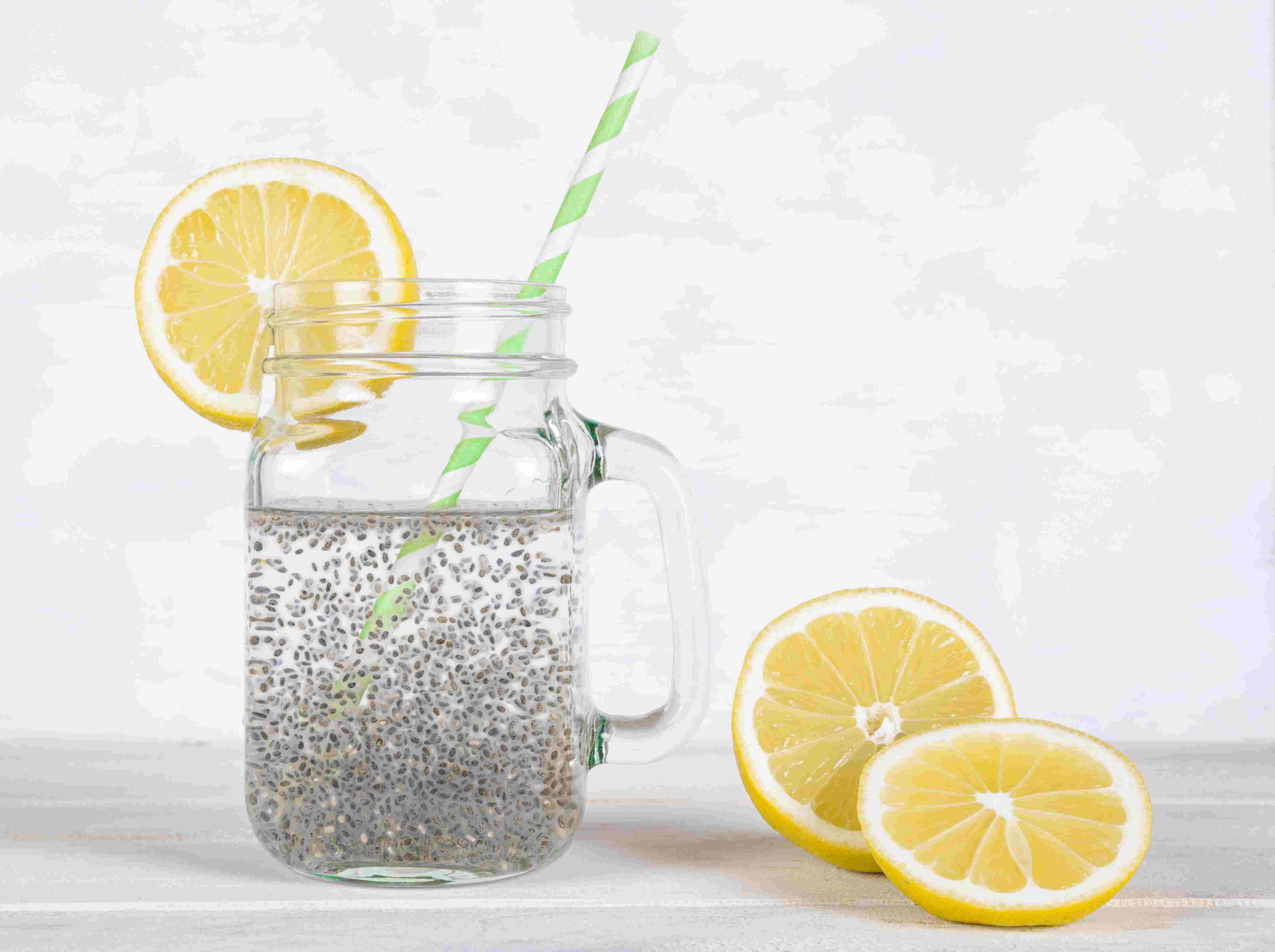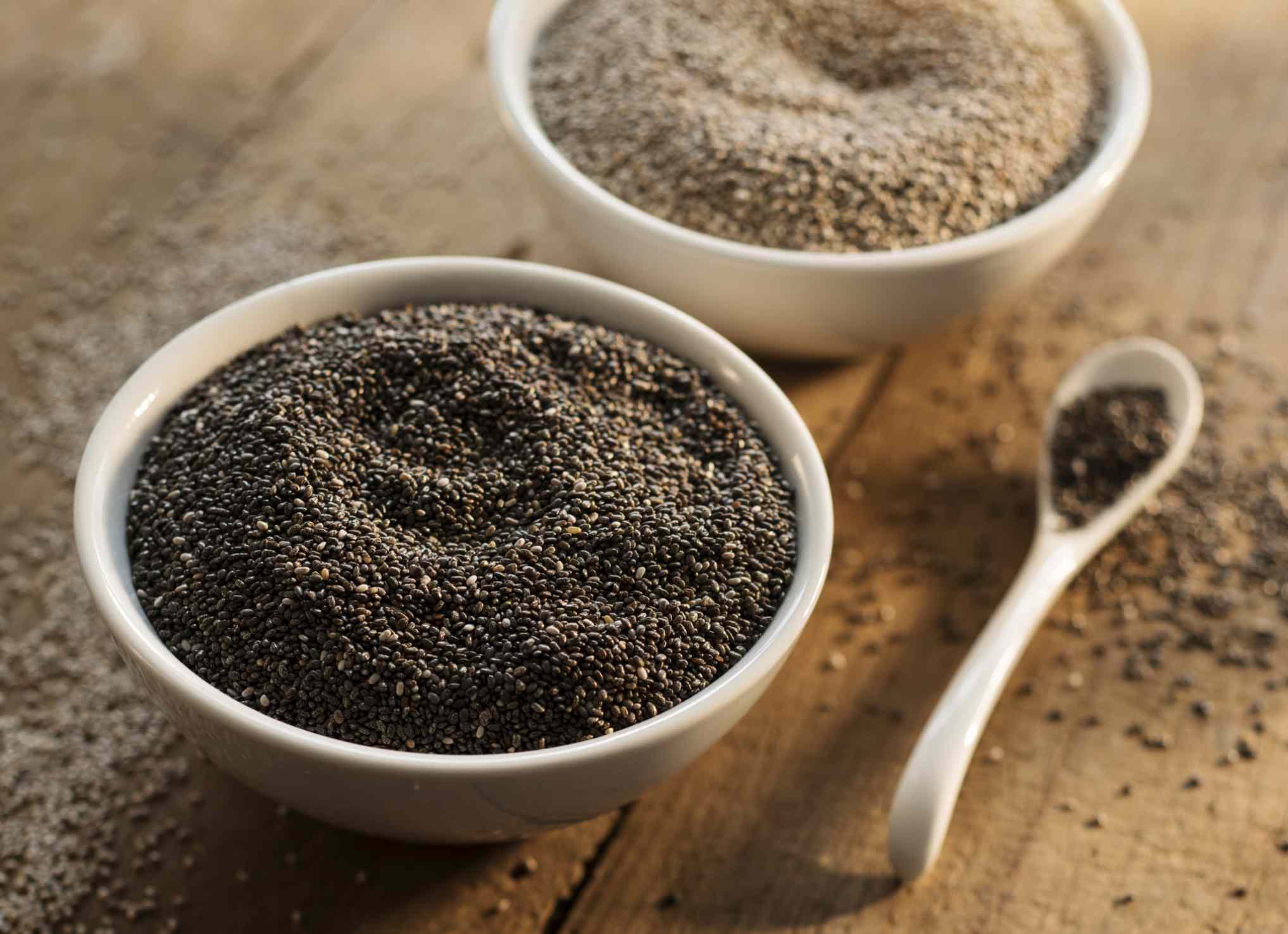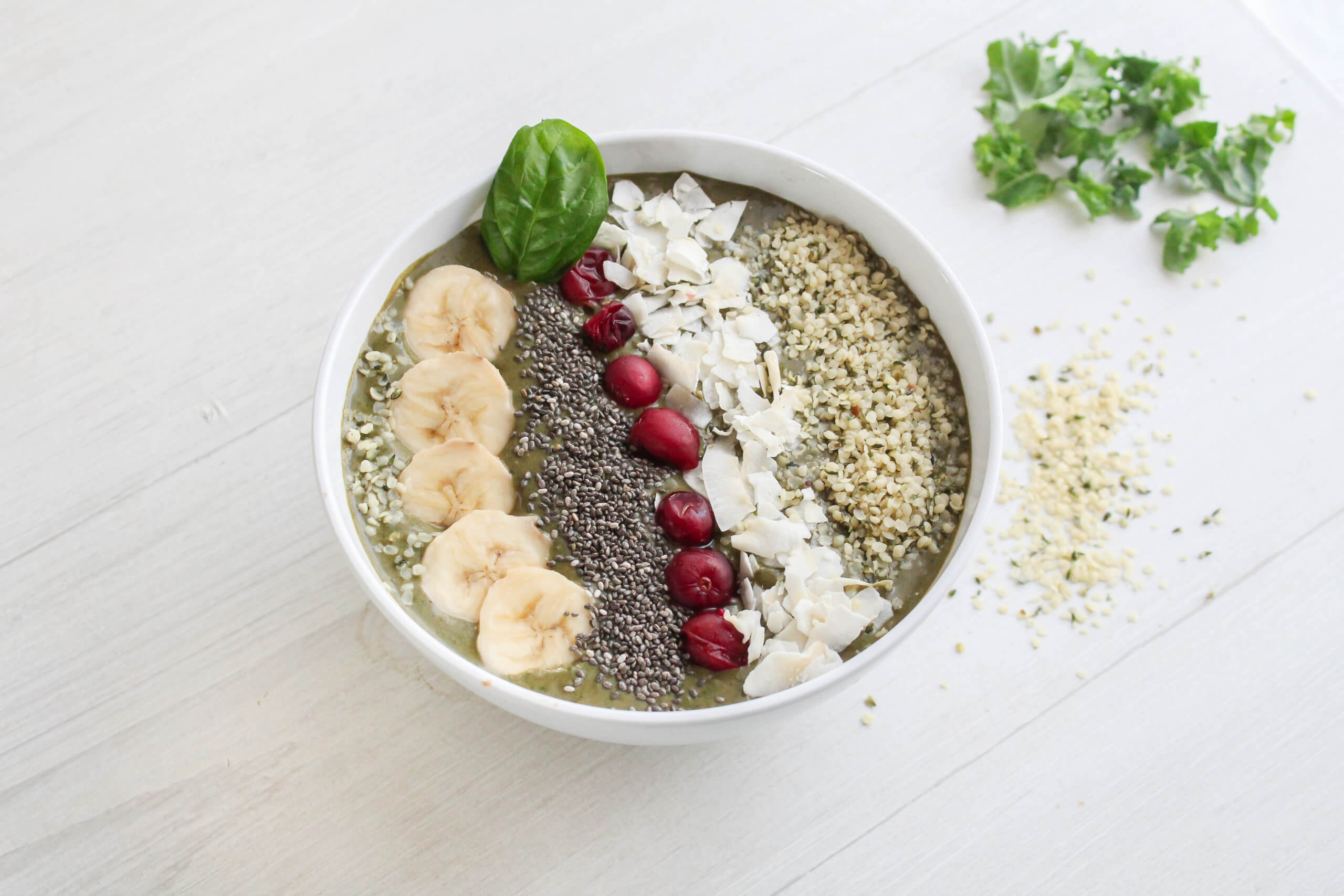Home>Gardening Tips and Tricks>Eco-Friendly Gardening>How Much Protein Does Chia Seeds Have
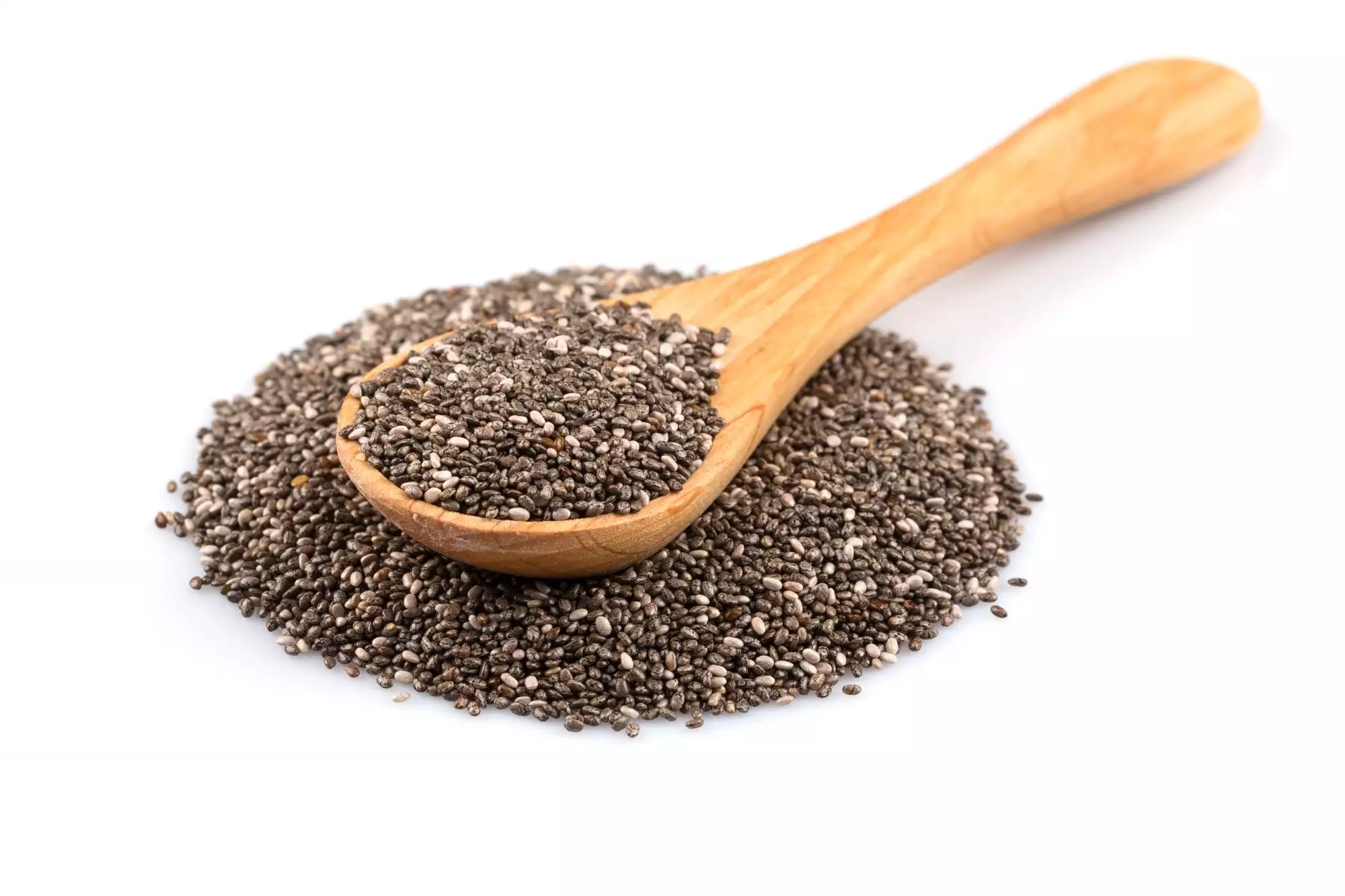

Eco-Friendly Gardening
How Much Protein Does Chia Seeds Have
Modified: January 22, 2024
Discover the benefits of eco-friendly gardening and learn how chia seeds can provide a rich source of protein for your sustainable gardening practices.
(Many of the links in this article redirect to a specific reviewed product. Your purchase of these products through affiliate links helps to generate commission for Chicagolandgardening.com, at no extra cost. Learn more)
Table of Contents
Introduction
Welcome to the world of eco-friendly gardening! In a time where environmental consciousness is on the rise, many people are embracing sustainable practices, including in their gardens. Eco-friendly gardening focuses on reducing the negative impact on the environment by using natural methods and materials. It not only benefits the planet but also promotes healthier and more sustainable gardening practices. One important aspect of eco-friendly gardening is choosing plants and techniques that promote biodiversity, conserve water, and minimize the use of pesticides and chemicals.
In this article, we will dive into the fascinating world of eco-friendly gardening and explore various ways to create a sustainable and environmentally-conscious garden. We will discuss the benefits of eco-friendly gardening, provide tips on how to get started, and highlight some key practices to incorporate into your gardening routine. Whether you are an experienced gardener looking to make your garden more eco-friendly or a beginner embarking on a new gardening journey, this article will provide valuable insights and inspiration.
Throughout this article, we will uncover the secrets of eco-friendly gardening and explore how you can transform your garden into a sustainable oasis. From choosing native plants to composting, from water conservation to natural pest control, we will discover the multitude of ways to reduce our environmental impact while creating a beautiful and productive garden.
So, get ready to unleash your inner green thumb and join us on this exciting journey towards eco-friendly gardening. Let’s dig in!
What are Chia Seeds?
Chia seeds, scientifically known as Salvia hispanica, are tiny black or white seeds that come from the plant belonging to the mint family. Native to Mexico and Guatemala, chia seeds have been consumed for thousands of years and were a staple food for the Mayan and Aztec civilizations. In fact, “chia” is derived from the Mayan word for “strength.”
These tiny seeds have gained popularity in recent years due to their incredible nutritional profile and numerous health benefits. Chia seeds are rich in essential nutrients such as fiber, protein, healthy fats, vitamins, and minerals. They are also packed with antioxidants, which help protect the body against oxidative stress and inflammation.
One of the unique characteristics of chia seeds is their superior ability to absorb liquid. When exposed to water or other liquids, they undergo a gel-like transformation, forming a thick, pudding-like consistency. This unique property makes chia seeds a versatile ingredient and a popular choice for making chia pudding, smoothies, and adding to baked goods.
Chia seeds are also preferred by those following a plant-based or vegetarian diet, as they are an excellent source of plant-based protein. They contain all nine essential amino acids that our bodies need but cannot produce on their own, making them a complete protein source.
In addition to their nutritional value, chia seeds are also known for their ability to provide sustained energy. The combination of fiber, protein, and healthy fats in chia seeds helps slow down the digestion and absorption of carbohydrates, providing a steady release of energy throughout the day.
Chia seeds are easily accessible and can be found in many grocery stores and health food stores. They are typically sold in their whole form but can also be found ground or in the form of chia seed oil. When selecting chia seeds, opt for organic varieties to ensure they are free from pesticides and other harmful chemicals.
In the next section, we will delve deeper into the importance of protein in our diet and explore the protein content of chia seeds.
Importance of Protein in Diet
Protein is a vital macronutrient that plays a crucial role in various physiological processes within our bodies. It is made up of amino acids, which are the building blocks for tissues, muscles, enzymes, hormones, and antibodies. Adequate protein intake is essential for overall health, growth, tissue repair, immune function, and the production of enzymes and hormones.
Protein is particularly important for those who engage in physical activities or follow a fitness regimen. It helps repair and rebuild muscle tissue that may be damaged during exercise and promotes muscle growth and strength. Protein also aids in the recovery process after workouts, reducing muscle soreness and enhancing overall athletic performance.
Protein is often associated with animal-based products such as meat, poultry, fish, eggs, and dairy. However, for those following a plant-based or vegetarian diet, it is important to find alternative sources of protein. This is where chia seeds come in as an excellent plant-based protein option.
The protein content in chia seeds is impressive, making them a valuable addition to any diet. Chia seeds contain approximately 14% protein by weight, making them one of the richest plant sources of protein available. They are also a complete protein source, meaning they contain all nine essential amino acids that our bodies cannot produce on their own.
Additionally, chia seeds are easily digestible, allowing the body to efficiently absorb and utilize the protein they provide. This makes them a convenient and sustainable protein source for individuals following a vegetarian or plant-based lifestyle.
Not only does protein help in building and repairing tissues, but it also plays a role in weight management and satiety. Including adequate protein in your meals and snacks can help keep you feeling fuller for longer, reducing the likelihood of overeating and aiding in weight management goals.
Protein also supports a healthy metabolism by increasing calorie expenditure via the thermic effect of food. This means that the body burns more calories when digesting and processing protein compared to fats or carbohydrates.
Now that we understand the importance of protein in our diet, let’s explore the protein content of chia seeds further and compare it to other protein sources.
Protein Content in Chia Seeds
Chia seeds are a nutritional powerhouse, and their protein content is one of the key reasons for their popularity among health-conscious individuals. These tiny seeds are packed with plant-based protein, making them an excellent addition to any diet, whether you follow a vegetarian, vegan, or omnivorous lifestyle.
On average, chia seeds contain approximately 14% protein by weight. This means that for every 28 grams (1 ounce) of chia seeds, you will consume around 4 grams of protein. While this may not seem like a significant amount, it is important to remember that protein needs can be easily met by combining different protein sources throughout the day.
What makes chia seeds even more impressive is that they are a complete protein source. They contain all nine essential amino acids that our bodies require but cannot produce on their own. This is especially beneficial for those following a vegetarian or vegan diet, as it ensures they are getting all the essential amino acids necessary for optimal health.
Additionally, chia seeds are rich in other important nutrients such as fiber, omega-3 fatty acids, calcium, magnesium, and antioxidants, making them a well-rounded and nutritionally dense food.
Compared to other plant-based protein sources, chia seeds are significantly higher in protein content. For example, while chia seeds contain approximately 14% protein, flaxseeds contain around 12% protein, hemp seeds contain around 25% protein, and quinoa contains around 15% protein by weight.
It is worth noting that the protein content of chia seeds is relatively lower compared to animal-based protein sources like meat, poultry, fish, and dairy. However, chia seeds offer a valuable plant-based alternative for those looking to reduce their consumption of animal products or accommodate dietary restrictions.
Whether you are looking to increase your overall protein intake or simply diversify your protein sources, incorporating chia seeds into your diet can be a smart and beneficial choice.
In the next section, we will explore the numerous benefits of consuming protein from chia seeds, providing you with even more reasons to include them in your daily meals and snacks.
Comparison with Other Protein Sources
When it comes to protein sources, both plant-based and animal-based options are available. While animal-based proteins have long been considered the primary source of protein, the growing interest in plant-based diets has led to increased awareness of alternative protein sources. Chia seeds stand out as a unique plant-based option, offering an impressive nutritional profile and numerous health benefits.
Compared to animal-based protein sources like meat, poultry, fish, and dairy, chia seeds have a lower protein content. However, they offer several advantages that make them a great choice for those seeking plant-based alternatives.
One key advantage of chia seeds is their complete amino acid profile. Unlike most plant-based protein sources, chia seeds contain all nine essential amino acids, the building blocks of protein that our bodies need but cannot produce on their own. This makes chia seeds a valuable option for individuals following a vegetarian or vegan diet, ensuring they meet their essential amino acid requirements.
Chia seeds are also rich in fiber, which aids in digestion, contributes to satiety, and helps regulate blood sugar levels. Animal-based proteins generally lack this beneficial nutrient, making chia seeds a more well-rounded protein source.
Another notable advantage of chia seeds is their omega-3 fatty acid content. These healthy fats are essential for brain health, heart health, and reducing inflammation in the body. While some animal-based protein sources like fatty fish contain omega-3s, chia seeds offer a plant-based and sustainable alternative for obtaining these valuable nutrients.
Compared to other plant-based protein sources, chia seeds are also impressive. For instance, compared to flaxseeds, chia seeds have a higher protein content. Additionally, chia seeds offer more nutritional diversity and a wider range of nutrients like calcium, magnesium, and antioxidants.
It is important to note that incorporating a variety of protein sources into your diet is key to obtaining a well-balanced amino acid profile. By combining different plant-based proteins, such as chia seeds, legumes, nuts, and whole grains, you can create a complete protein profile to support your body’s needs.
Ultimately, chia seeds offer a unique and nutritious plant-based protein source that is versatile, sustainable, and beneficial for overall health. Whether you are following a vegetarian, vegan, or omnivorous diet, including chia seeds can contribute to meeting your protein and nutrient requirements.
In the next section, we will explore the myriad benefits of consuming protein from chia seeds, further highlighting their value in a healthy and balanced diet.
Benefits of Consuming Protein from Chia Seeds
Incorporating protein-rich foods into your diet is essential for maintaining overall health and well-being. Chia seeds, with their impressive protein content, offer numerous benefits when consumed as part of a balanced diet. Let’s explore the incredible advantages of consuming protein from chia seeds:
- Muscle Repair and Growth: Protein is crucial for repairing and building muscle tissue. Consuming protein from chia seeds can support muscle recovery and growth, making it an ideal choice for individuals engaged in physical activities or those looking to build lean muscle mass.
- Satiety and Weight Management: Protein is known to promote feelings of fullness and reduce hunger. By incorporating protein from chia seeds into your meals and snacks, you can improve satiety and potentially manage your weight by reducing overall calorie intake.
- Blood Sugar Regulation: Including protein in your meals can help stabilize blood sugar levels by slowing down the digestion process. Chia seeds’ protein content, combined with their high fiber content, aids in regulating blood sugar levels, which is beneficial for individuals with diabetes or those looking to maintain stable energy levels throughout the day.
- Heart Health: Chia seeds are rich in omega-3 fatty acids, which have been shown to promote heart health by reducing inflammation, lowering blood pressure, and improving cholesterol levels. Consuming protein from chia seeds supports a heart-healthy diet and can contribute to a reduced risk of cardiovascular diseases.
- Nutrient Density: Chia seeds are packed with essential nutrients beyond protein. They contain a good amount of fiber, antioxidants, calcium, magnesium, and other vital minerals. By consuming protein from chia seeds, you are also enhancing your nutrient intake and overall health.
- Easy to Incorporate: Chia seeds are incredibly versatile and can be easily incorporated into your diet. You can add them to smoothies, yogurt, oatmeal, salads, or use them as an egg substitute in baking. This flexibility makes it convenient to enjoy the benefits of chia seeds and their protein content regularly.
- Sustainable and Eco-Friendly: Opting for plant-based protein sources, like chia seeds, contributes to a more sustainable and eco-friendly food system. By reducing reliance on animal-based proteins, you can help minimize the environmental impact associated with animal agriculture.
As you can see, consuming protein from chia seeds provides a range of benefits, from supporting muscle health to promoting heart health and aiding in weight management. Including these nutrient-dense seeds in your diet can be a simple and effective way to enhance your overall well-being.
In the next section, we will explore various ways to incorporate chia seeds into your daily meals and snacks, making it easier for you to enjoy their protein content and reap their incredible benefits.
How to Incorporate Chia Seeds into Your Diet
Adding chia seeds to your diet is a simple and delicious way to boost your protein intake and enjoy the numerous health benefits they offer. Here are some creative and easy ways to incorporate chia seeds into your daily meals and snacks:
- Chia Pudding: One popular way to enjoy chia seeds is by making chia pudding. Simply mix chia seeds with your choice of milk (dairy or plant-based), add a sweetener like honey or maple syrup, and let it sit in the fridge overnight. In the morning, you’ll have a creamy and nutritious chia pudding ready to enjoy. Add your favorite toppings like fresh berries, nuts, or granola for extra flavor and texture.
- Smoothies: Boost the nutritional content of your smoothies by adding a spoonful of chia seeds. They will add thickness and provide an extra dose of protein and fiber. Blend them in along with your favorite fruits, vegetables, and liquid base for a satisfying and nutrient-packed smoothie.
- Baked Goods: Replace eggs in your baked goods by using chia seeds as an egg substitute. Simply mix one tablespoon of chia seeds with three tablespoons of water and let it sit for a few minutes until it forms a gel-like consistency. Use this chia gel as a substitute for each egg in your recipes for muffins, pancakes, cookies, and more.
- Sprinkle on Breakfast Foods: Sprinkle chia seeds on top of your breakfast foods like oatmeal, yogurt, or cereal. They add a subtle crunch and boost of protein, making your breakfast more satisfying and nutritious.
- Salads and Dressings: Add a tablespoon of chia seeds to your salads for an extra nutritional boost. They provide texture and a mild nutty flavor. You can also incorporate chia seeds into homemade dressings by whisking them with your preferred oil, vinegar, and seasonings.
- Energy Balls: Mix chia seeds with nuts, dried fruits, and nut butter to create homemade energy balls or bars. These make for a convenient and healthy snack that provides a dose of protein, fiber, and essential nutrients.
- Hydrating Drinks: Chia seeds can be added to beverages like water, fruit-infused water, or herbal teas to create a refreshing and hydrating drink. The chia seeds will absorb the liquid and form a gel-like consistency, providing a unique texture and added nutrition.
Remember to soak chia seeds in liquids before consuming them to allow them to expand and develop their characteristic gel-like texture. This will make them easier to digest and maximize their nutritional benefits.
Experiment with these ideas and get creative in incorporating chia seeds into your favorite recipes. With their versatility and nutritional properties, chia seeds can be a valuable addition to a variety of dishes, giving you a protein-packed boost in a delicious and hassle-free way.
Now that you have a range of ideas for incorporating chia seeds into your diet, let’s summarize what we’ve discussed so far.
Conclusion
Incorporating eco-friendly gardening practices into your routine can have a positive impact on the environment and promote a healthier and more sustainable lifestyle. By reducing the use of chemicals, conserving water, and promoting biodiversity, you can create a beautiful and eco-friendly garden that benefits both you and the planet.
From choosing native plants to composting, there are numerous ways to make your garden eco-friendly. By using organic fertilizers and natural pest control methods, you can minimize the harmful effects on the ecosystem while still enjoying the beauty of your garden.
Remember, eco-friendly gardening is an ongoing process that requires continuous learning and adaptation. Stay informed about sustainable gardening practices, explore new techniques, and share your knowledge with others. Together, we can make a significant difference in preserving our environment and creating a greener future.
So, whether you are a seasoned gardener or just starting out, embrace the principles of eco-friendly gardening and let your garden become a thriving and sustainable haven. By nurturing the earth and embracing sustainable practices, you can create a garden that not only flourishes but also contributes to a healthier planet for future generations.
